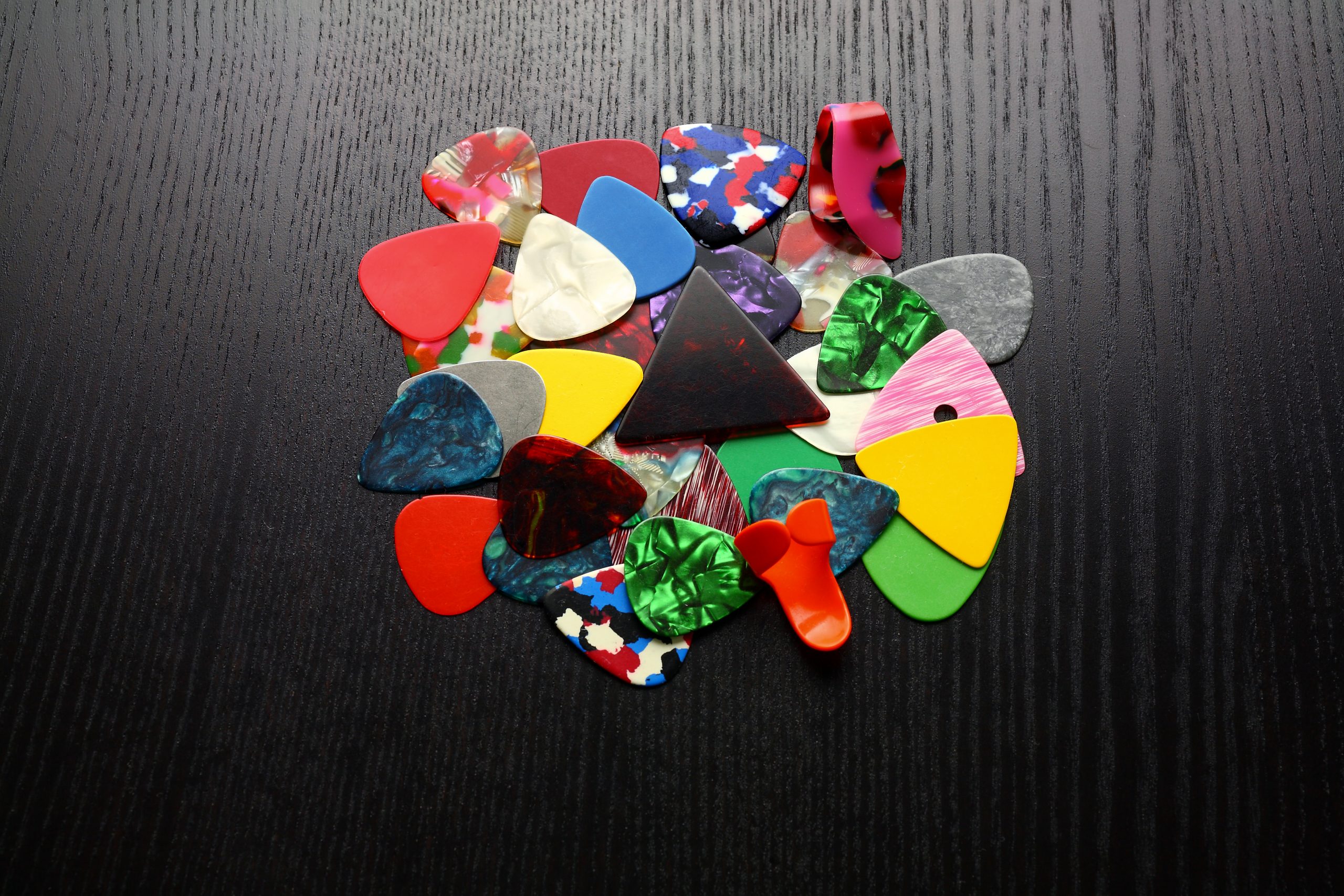The tension between Van Halen’s vocal titans resurfaced with Sammy Hagar’s pointed comments in his April 2023 Metal Injection interview. Like a master chef tasting an undercooked dish, the Red Rocker didn’t hesitate to deliver his assessment of David Lee Roth’s current vocal abilities.
“His voice hasn’t aged well,” declared Hagar with all the subtlety of a wrecking ball. His words landed harder than the bass drop at a dubstep concert. Hagar framed Roth as rock’s equivalent of an Instagram filter – flashy but ultimately superficial.
Backstage at their joint 2002 tour, these two rock titans orbited each other with the careful distance of exes at a mutual friend’s wedding. “He was the worst guy to be around,” Hagar told Metal Injection, explaining how Roth would isolate himself from bandmates. This tension created an atmosphere so thick you could cut it with Eddie’s guitar pick.
Their philosophical divide resembles two veteran athletes with completely different training philosophies. Where Roth built his legacy on scissor kicks and ringmaster charisma, Hagar took the spiritual highway, telling Metal Injection: “I care about enlightening and elevating people spiritually.”
Roth hasn’t publicly responded to these critiques. His retirement announcement in October 2021 came without addressing vocal challenges, though fan videos from his final performances in early 2022 show noticeable differences from his vocal prime.
When it comes to Van Halen‘s towering legacy, Hagar takes a surprisingly diplomatic stance. “Van Halen should be remembered as one of the greatest rock bands of all time,” he insisted in the interview. This olive branch suggests his real beef isn’t with the band’s history but with Roth’s approach to their shared rock and roll journey.
The contrasting paths of these rock icons reveal aging’s unforgiving impact on musical careers. Hagar, at 75, continues performing regularly with consistent vocal delivery, currently commanding attention with his “Best of All Worlds” Las Vegas residency – though the $2,300 premium ticket prices have raised eyebrows even among devoted fans. Meanwhile, Roth, 68, has largely stepped back from live performances, with no tour dates announced as of May 2025. Their divergent situations highlight rock’s challenging relationship with time: vocal abilities don’t improve with age like vintage instruments.
Both vocalists carved essential chapters in the Van Halen saga – from Roth’s “Jump” to Hagar’s “Right Now” – while guitar virtuoso Eddie Van Halen created the soundtrack that united them all. Fan debates about the merits of each era continue on social media platforms, though with varying levels of intensity and civility.
The reality facing aging rock stars isn’t unique to Van Halen. Unlike today’s digital artists who can endlessly edit and perfect their recordings, live performers face music’s most challenging test – maintaining their instrument as their physical capabilities change. Some adapt their approach, others step away, but all eventually confront the same unavoidable musical journey.


























